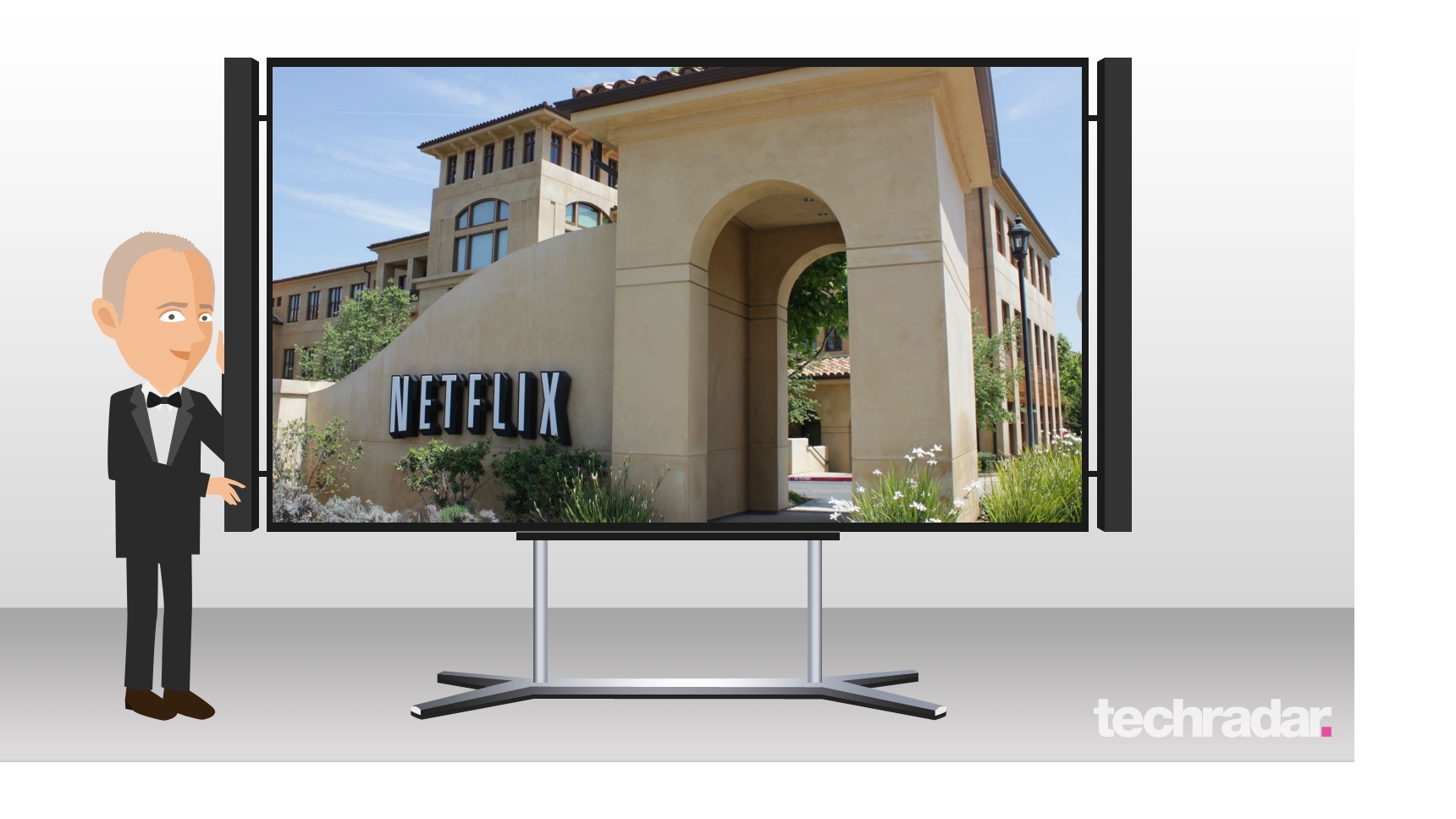
Netflix's claims that 4K is the ideal format for the Internet age are sounding increasingly convincing by the day.
The announcement that object-based 3D audio format Dolby Atmos is landing on home cinema receivers and processors from every major AV brand this year may at first glance not seem directly relevant to 4K, however it could prove hugely influential on how the format plays out, particularly with home cinema fans.
The Dolby Atmos bitstream, which adds dedicated height channels to the usual surround surround channel mix will debut, we're told, on as yet unannounced Blu-ray releases before the end of the year (Godzilla and Hercules would seem a good bet, but there are plenty of other encoded blockbuster candidates to speculate about).
The sound format will also almost certainly form part of the forthcoming 4K Blu-ray disc specification.
However, Director of Sound Research Brett Crockett, writing on the Dolby blog, pointed to the Internet as another source of Atmos-pherics: "You'll start to see Dolby Atmos titles on Blu-ray and streaming video services this fall, with more to come at the start of 2015."
Dolby Atmos on Netflix
This fleeting reference to streaming video services can only mean one thing: Netflix.
During a recent visit to Netflix HQ in Silicon valley, VP of Product innovation Todd Yellin confirmed to me that the company was investigating (at the time unspecified) new audio technologies to compliment its 4K video stream.
Get daily insight, inspiration and deals in your inbox
Sign up for breaking news, reviews, opinion, top tech deals, and more.
What we have here is without doubt a case of 2 + 2 equalling 5.1.4 (likely to be the most common Atmos home speaker configuration).
Now I don't know about you, but one of the key reasons I still cherish Blu-ray discs above linear HD TV and VOD, is that the audio experience offered by DTS HD Master Audio and Dolby True HD is dramatically better than vanilla 5.1.
When Netflix adds Atmos to its 4K movie proposition then any incentive to upgrade to next gen physical media takes a huge knock. 4K streaming video with 3D sound? That sounds like a winner to me.
In recognition of the growing importance of Internet delivered content, the suits over at the CEA have also updated their Ultra HD 'characteristics' classification.
Connected Ultra High-Definition displays must now feature an HEVC decoder, as well as have HDMI inputs capable of supporting 3840x2160 resolution video at frame rates up to 60Hz. Of course, just sporting HEVC chippery doesn't guarantee anyone will get the services they expect, as we recently revealed with Panasonic's AX802 4K screens, which are unfortunately incompatible with Netflix 4K.
The push for 4K
In Europe, the TV industry hopes to point buyers in the right direction with Ultra HD retail badges (well, better late than never) to help differentiate screen types.
As you might expect from the folks that gave us those HD Ready and HD Ready 1080p logos, there will apparently be two versions, apparently dubbed Ultra HD Display and Ultra HD 2160p.
According to trade magazine ERT, qualifying screens must support 3840 x 2160 resolution and HDMI 2.0 connectivity. The main aim seems to be to prevent confusion with any low cost Chinese imports that play fast and lose with 4K branding and connectivity.
However, the Euro guidelines don't go quite so far as the CEA in regard to network connectivity and decoding, and no one is making mention of high dynamic range or colorimetry standards.
This is perhaps understandable. 4K remains a work in progress. If you buy a 4K screen now, it's certain to be dramatically different from any 4K screen proffered at end of the decade. Personally, I wouldn't have it any other way. And you can put that on a box sticker.
More on Dolby Atmos: Is Dolby Atmos the future of cinema sound?
Steve has been writing about AV and home cinema since the dawn of time, or more accurately, since the glory days of VHS and Betamax. He has strong opinions on the latest TV technology, Hi-Fi and Blu-ray/media players, and likes nothing better than to crank up his ludicrously powerful home theatre system to binge-watch TV shows.
